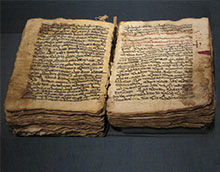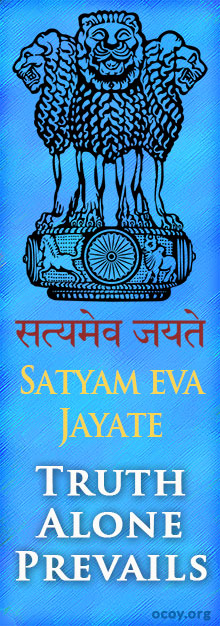 Q: You write in a Q&A section that Jesus did no such thing as pay for our sins. If that is the case, why does he say in Mark 10:45 that he came to give his life as a ransom for many? Or even more to the point, in Matthew 26:28 he says “This is my blood of the covenant, which is poured out for many for the forgiveness of sins.”
Q: You write in a Q&A section that Jesus did no such thing as pay for our sins. If that is the case, why does he say in Mark 10:45 that he came to give his life as a ransom for many? Or even more to the point, in Matthew 26:28 he says “This is my blood of the covenant, which is poured out for many for the forgiveness of sins.”
One problem is that fact that the “original Greek” texts date from sometime after the beginning of the fourth century and have been made to conform to the theology of the Nicene or Constantinian version of Christianity. Even the Aramaic text was corrupted after this time and the Peshitta text was imposed on the Aramaic-speaking churches. Lamsa’s so-called “original” text is the Peshitta.
In the (Aramaic) Cureton Gospels we have the nearest to the original, but the “translation” published in 1894 is little more than a paraphrase of the King James gospels. One of our monks who was a linguist translated all four into English, but after his death the computer disk on which they were found was damaged by a company we gave it over to for transcription. We do have the gospel of John and Luke and hope to post them on our website in the future. But we cannot be sure there was not some meddling with those texts, though they are much older than the Greek.
From the beginning…
The root of the problem goes right back to just after the departure of Jesus from Israel to return to India. (See The Christ of India on our website.) In the ancient book of Kashmiri history, the Bhavishya Maha Purana, there is the following account of the meeting of a king of Kashmir with Jesus sometime after his return:








 To an Indian Methodist bishop who wanted to visit us because: “Here in India I am deeply concerned about reaching Hindus with the Christian gospel, in a way acceptable to them in the language and form they understand. After a lot of research and browsing I have found your way of understanding and presentation of the Christian faith may be the answer to lead the majority community in India and diaspora to the TRUTH.”
To an Indian Methodist bishop who wanted to visit us because: “Here in India I am deeply concerned about reaching Hindus with the Christian gospel, in a way acceptable to them in the language and form they understand. After a lot of research and browsing I have found your way of understanding and presentation of the Christian faith may be the answer to lead the majority community in India and diaspora to the TRUTH.”